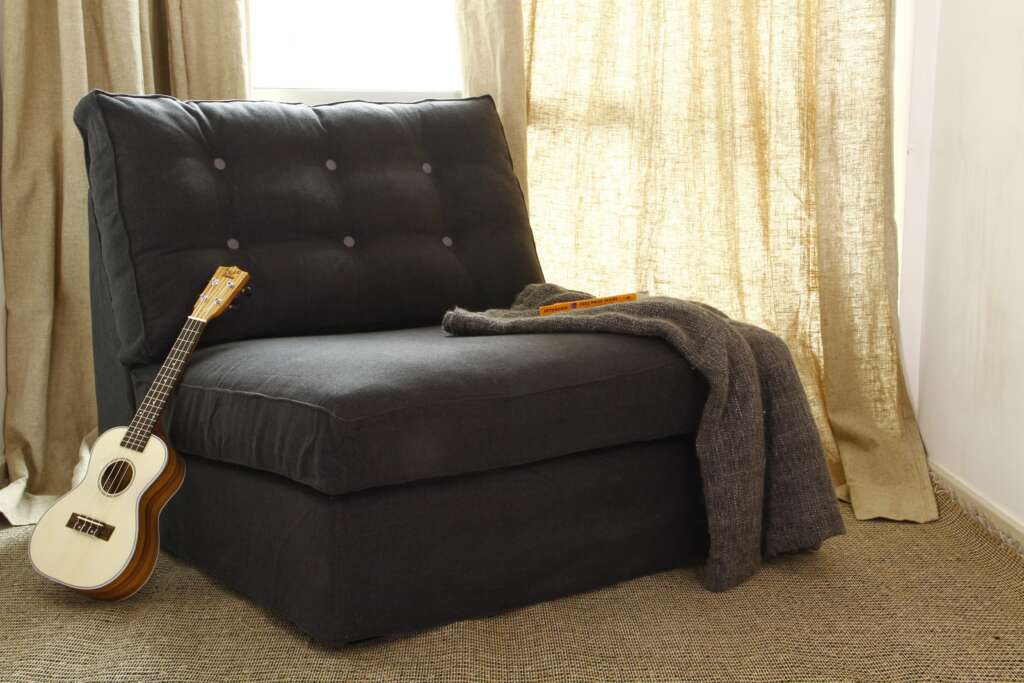
Let’s all step into the time machine and get retrofied! Back in the 1960s, almost everyone had a tufted sofa or dreamt of owning one, especially in leather. Until today, tufted sofas is still being treated as a classy furniture piece and nothing screams “mid-century modern” louder than a nifty tufted sofa in your living room.
Typically a tufted sofa comes with a huge price tag, so if buying a new tufted sofa is not in your budget, you can still own a tufted sofa. How? Well, all you need is a sofa and a DIY tufting kit.
Armed with a DIY tufting, here are 4 different tufting styles that you can consider:
1. Biscuit Button Tufting
Pretty straightforward name – these tufting forms square shaped folds and results in a giant comfy biscuit. In order to make these folds, the placing of the tufting buttons are very important – it should be consistent and straight for the effect to come alive.
Before you start, you will have to identify your sofa type first:
i. Removable cushions
If you have removable cushions like the Karlstad sofa from IKEA, tufting is even easier as there are many tutorials on how to do it. We were particularly ecstatic when Michelle decided to use our DIY tufting kit and wrote a tutorial on how she tufted her Karlstad.
It was actually easier than we thought when we did the prototyping, took quite a while though! We didn’t have a Karlstad available, so we experimented on our Kivik instead. Check out the photo below on how it turned out!
Tip: Unzip the cushion cover as you pass the needle through the cushion so that you can guide it perfectly through the back side of the cushion cover.
ii. Non-removable cushions
If your sofa does not have removable cushions, it gets a bit more tricky as when you’re ready to tuft, you have to drill small holes in the sofa frame in order for the threads to go through the sofa. Once you drill the holes, the steps are the same but it might be harder to manoeuvre the sofa/chair than a cushion during the process.
Check out the full project/tutorial for the tufted Jennylund armchair by Maria Confer over at her blog. We were blown away by how amazing it turned out!
We’ve also stumbled upon this how to do button tufting video tutorial that shows a step-by-step on how to tie an upholstery slipknot.
2. Diamond Button Tufting
Diamond button tufting would be something you see very often on an upholstered leather couch. It’s similar to the biscuit tufting but the buttons are placed at an interval to create the diamond shape effect. This style looks amazing on leather sofas. Don’t fret if you don’t have a leather sofa, you can get bycast leather sofa covers as well, they’re more affordable.
i. Removable cushions
Follow this tutorial from Honey Badger Home, on her adventure of how she tufted her Karlstad in Modena Black, but instead of the biscuit pattern, follow the diamond pattern like the picture below.
ii. Non-removable cushions
If your sofa doesn’t have removable cushions, you’d need to drill small holes through your sofa frame to allow the tufting thread to go through the back of the sofa. The process is pretty much the same as above, but instead of following her biscuit pattern, we’re just using the diamond pattern.
3. Single Line Button Tufting
If you’re a fan of Mad Men, you’ve probably seen Don Draper hosting parties in his nifty apartment in Season 5. Don Draper welcomes his guest to the living room with the sleek corner lounge with a single line tufting that exudes the 1960s classiness.
This pattern requires less buttons and less work compared to the previous 2 styles. The key is having proportional spacings above and below the line tufting, making sure the tufting line is strategically in the middle of the cushions.
Tip: Get another person to look at the tufting pattern, they might be able to point out if the pattern is not consistent.
4. Buttonless Tufting
The previous 3 styles would require you to get buttons for the tufting, but for this style, you can save your buttons for another day. As the name explains itself, you don’t have use actual buttons for the tufting – perfect when you can’t find buttons that you like or if you don’t want to use buttons in the first place.
So what do you use? This is where it gets interesting – by using the embroidery thread and bundling them into a button.
For a step-by-step tutorial, head on Brooke’s blog on how to do a buttonless tufting. This style is suitable if your cushions are saggy and the stuffings don’t stay in shape, because the tufting actually help the stuffings hold up and not sag as much. You can see the before and after photos on her blogpost, the transformation was amazing!
As the thread buttons are not as huge and heavy as an actual button, you get a more subtle effect in comparison with the typical button tufting.
TIP: Constantly check on how the tufting look at the sofa during the process. Gravity might pull the cushion and the tufting downwards and making the patterns inconsistent.
Pros & Cons
The best thing about having DIY tufting is that they can be removed easily. So over time if you do become bored of your tufted couch – just cut the threads loose and they’re as good as before.
You are free to customise the tufting based on your own preference. What we’ve shown above are just a few options that you can try, but let’s just say the sky is the limit. For example, you can have mixed buttons, unique asymmetrical patterns, etc.
The downside of DIY tufting is that you’ll lose the ability to change your slipcovers. In order to remove the slipcovers, you’ll have to cut the tufting threads and re-do the tufting if you still want them. So, I wouldn’t recommend tufting your couch if you’re planning to wash your slipcovers often.
Your DIY tufting might not be as sturdy as an upholstered tufting – re-upholsterers actually screw tufting to the base to secure them into place.
For those interested, you can get a DIY tufting kit by Comfort Works or read more on a few more of our tufting adventures with our customers.
Already tufted your couch? Tell us how it went! :D
Happy weekend,
Becky
Photo credits:
Don Draper’s Apartment – http://latimesblogs.latimes.com/
Tufted Jennylund – http://www.hickoryandjuniper.com/
Black tufted sofa – http://em.elledecoration.se/
Dansk Couch by Mezzanine – http://www.elusivemagazine.com/dansk-couch-by-mezzanine/
Bright contrast tufting – http://adelightfulblog.blogspot.com
Buttonless tufting – http://inside-outdesign.blogspot.com/
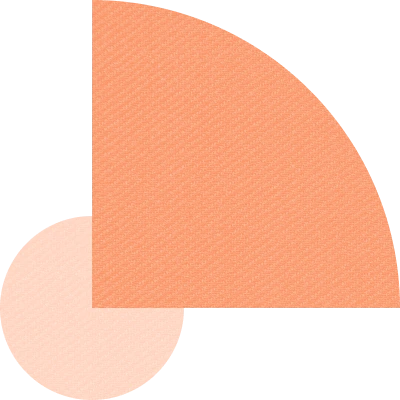
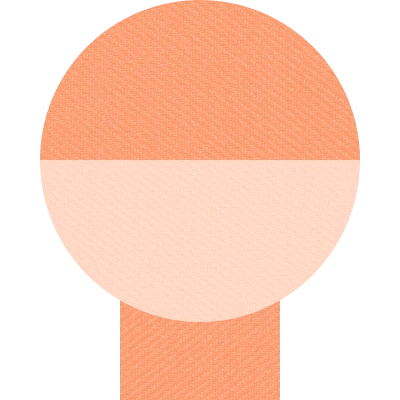
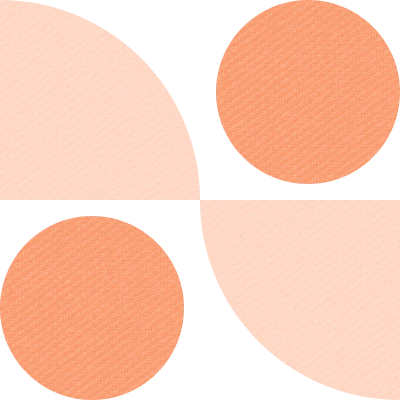






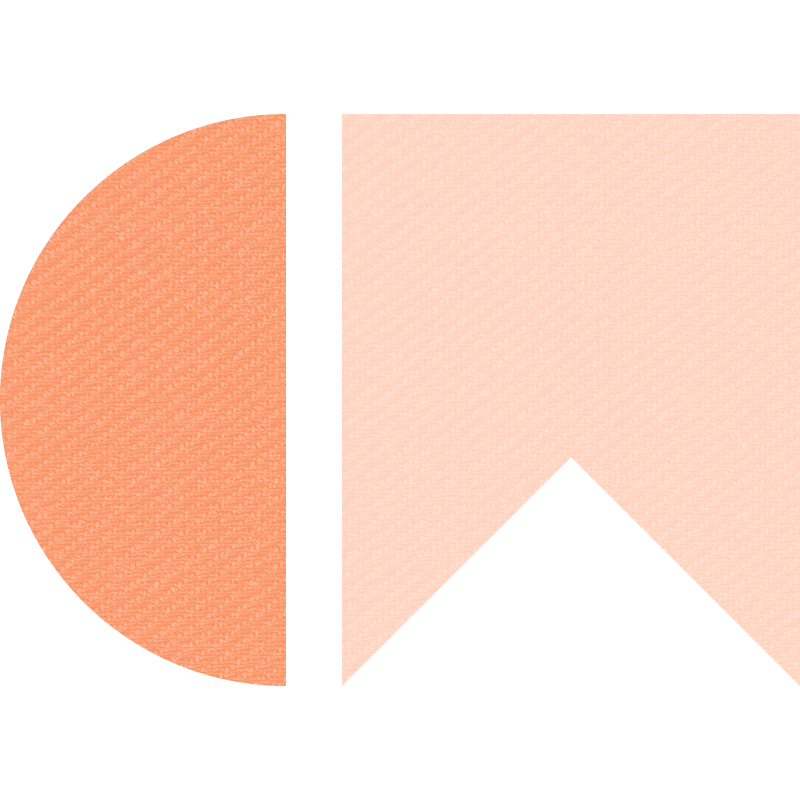


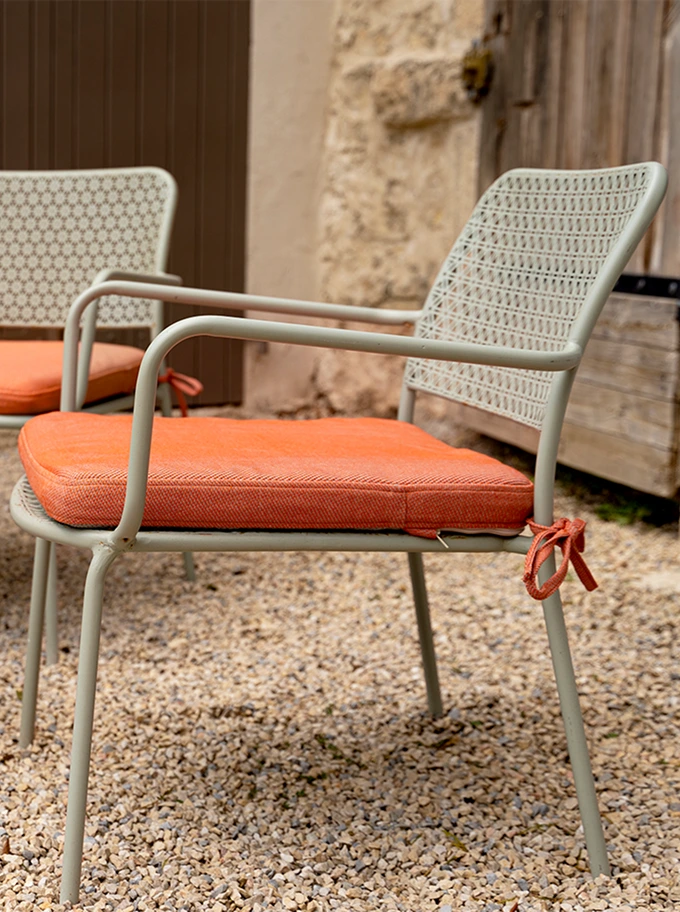
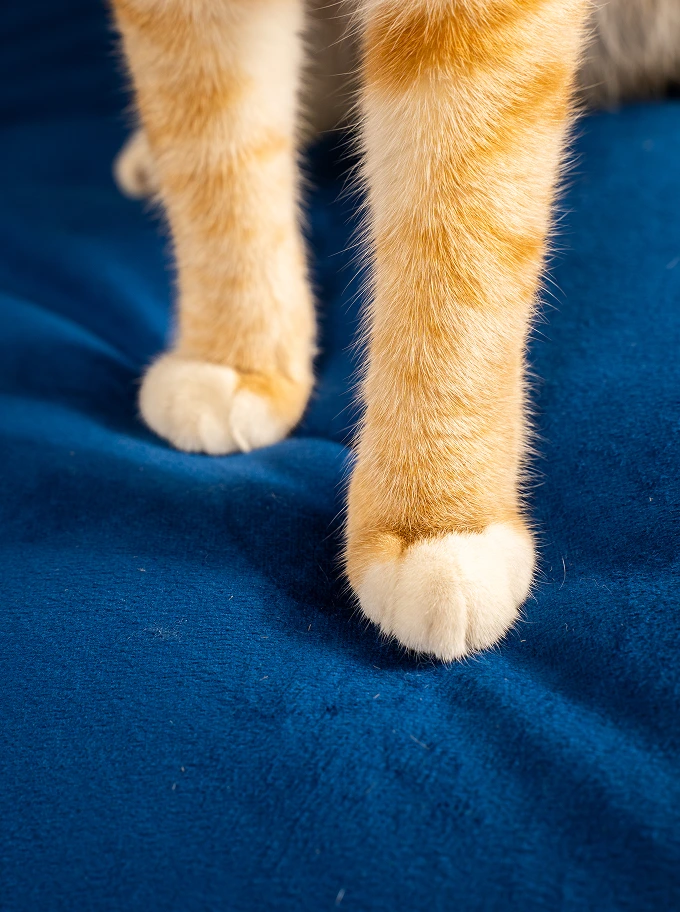
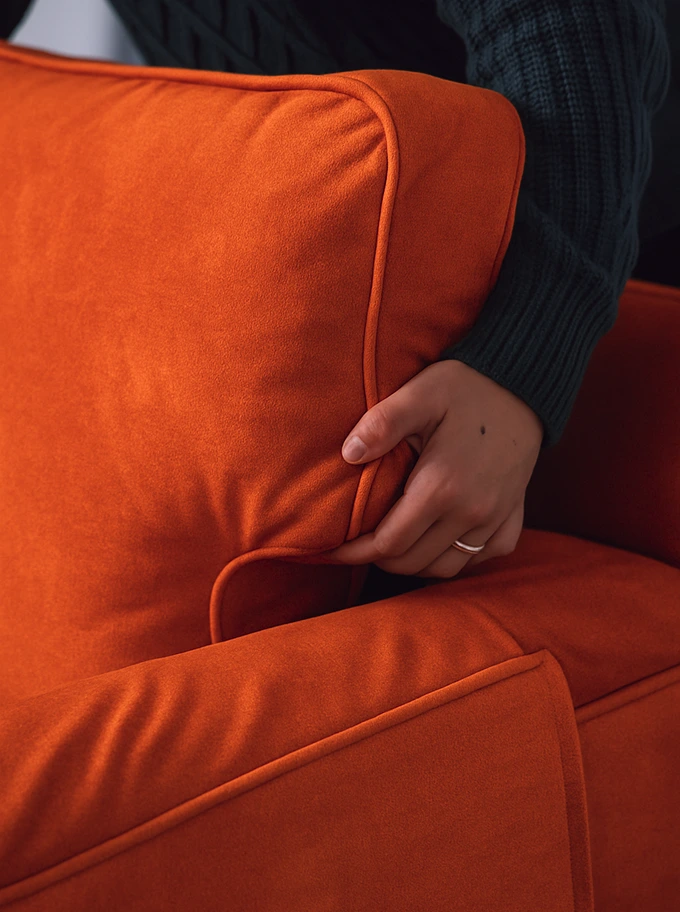
john
Sep 9, 2020Great content. Thanks for sharing this informative post
Naomi
Sep 9, 2020Thanks, John :) Glad you liked it.
dohasofaupholstery
Sep 7, 2020Thanks so much for the post.
.dohasofaupholstery
Naomi
Sep 7, 2020We’re glad you like it! :)
Bryan
Dec 13, 2019Where can we find Brooke’s blog?
Ning Lim
Dec 16, 2019So sorry! I think Brooke Bundy took down her site. It used to be – http://inside-outdesign.blogspot.com/
airbnb clean
Feb 12, 2019Great content. Thanks for sharing this informative post about different tufting styles for the sofa.